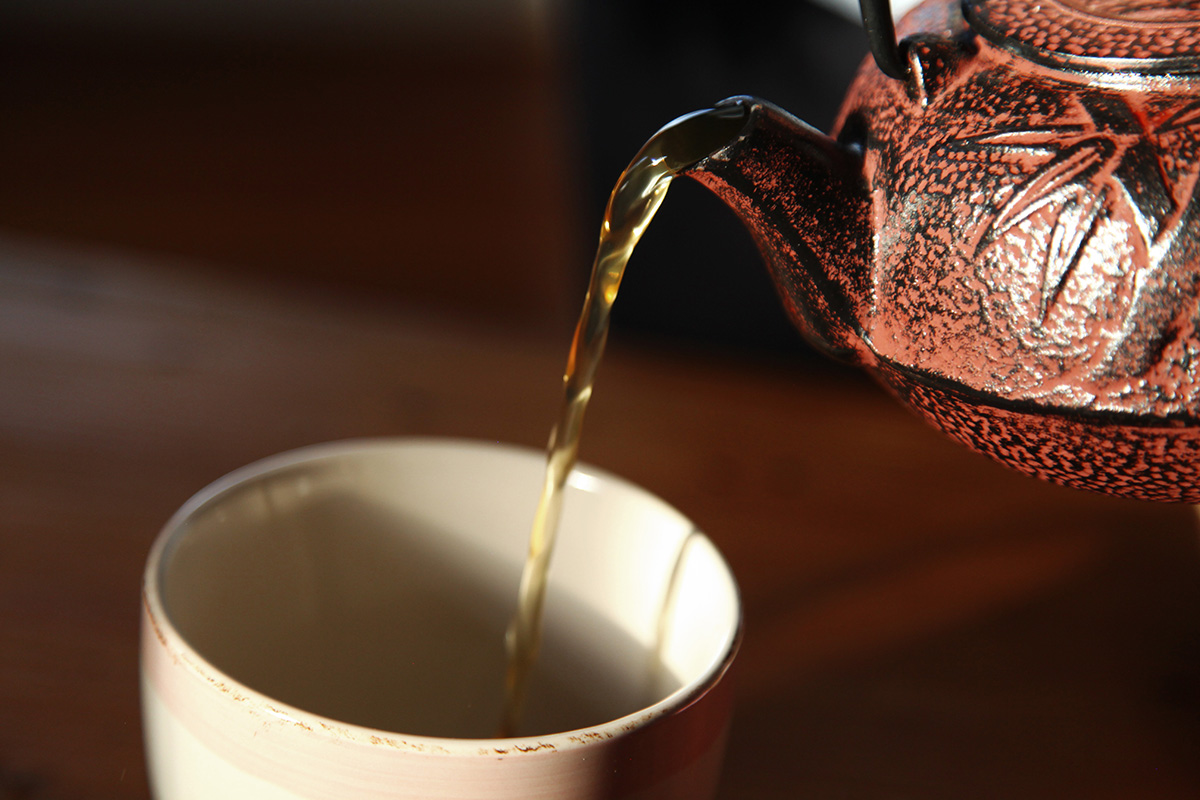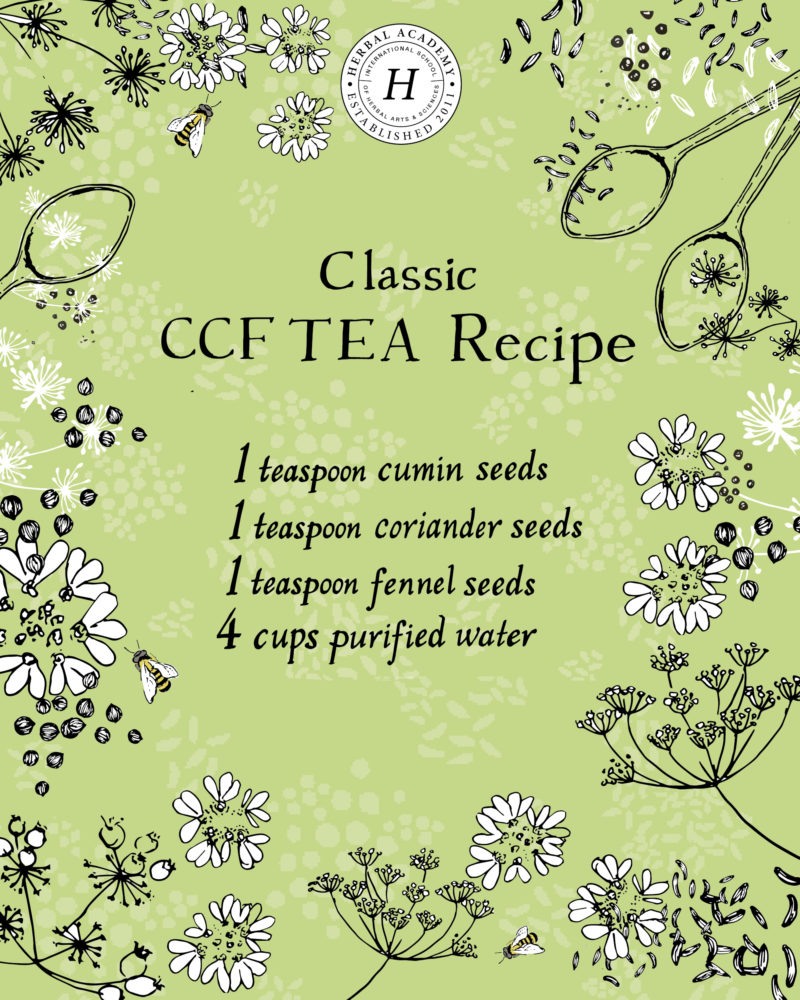
Ayurvedic Tips For Spring Wellness
Ayurveda recognizes the cyclic nature of life. In order to achieve wellness, it is important to be tuned in to our environment as well as to be cognizant of our inherent constitution, called prakruti in Ayurveda. This article will elucidate Ayurvedic tips for spring wellness.
Though our prakruti (inherent constitution) is fixed, our present nature, known as vikruti, is influenced by a number of factors. These factors include, but are not limited to: diet, lifestyle, sleep patterns, energy expenditure, time of life, time of day, and seasonal changes.
Each season is dominated by one of the three doshas: vata, pitta, or kapha. By observing seasonal changes and how our bodies and minds are affected by those fluctuations, we have a better chance at attaining optimal wellness and balance in every season.
Spring is characterized by a predominance of kapha dosha. Therefore, Ayurvedic tips for spring wellness are centered around managing kapha dosha. Of course, if you have a particular health concern, or are strongly vata or pitta imbalanced, it is always helpful to consult with an Ayurvedic practitioner, as Ayurveda is highly individualized.
Doshas and Seasons

In order to understand what is meant by a dosha predominating in a season, it may be helpful to back up and recall the defining qualities of each dosha, as discussed previously in What’s My Dosha?.
Vata is characterized as light, cool, dry, mobile, and subtle. Therefore, the autumn season is the season in which vata dosha is most influential and when vata imbalances are more likely to occur. This is because autumn tends to be a fairly dry season. The winds pick up, leaves dry up and fall off the trees, and temperatures become cool. Vata is also associated with the end of the life cycle, and autumn marks a turning toward the end of the year. For these reasons, fall through mid-winter is considered to be the vata time of year.
Pitta is characterized as hot, sharp, intense, and oily, and late spring and summer is the pitta time of year. “The pitta season is the summer, a time of great heat. The sun stimulates the metabolism of life” (Halpern, 2012, p. 133). As the weather gets warm and moist, pitta moves into its ruling position. This is the time of year when our bodies and our agni (digestive power) is strongest. It is, of course, easy to become overheated during this season. Consuming cooling foods such as cucumber, coconut, rosewater, and watermelon is helpful, as well as being careful not to overexert physically, and to be cautious of excessive sun and heat exposure.
Most pertinent to this article is the kapha dosha. The qualities of kapha dosha are cool, moist, heavy, and dense. The kapha season is considered to be late winter through spring, when cold, moist weather with snow, rain, and darker days prevail. Furthermore, when temperatures begin to warm, and we move into spring, kapha is actually considered to be aggravated, meaning that kapha imbalances are likely to manifest.
Kapha type imbalances are most likely to occur in the kapha time of year. This is true regardless of one’s natural constitution. However, those with a strong kapha dosha should be especially wary. Signs of kapha excess include weight gain, lethargy, water retention, and excess mucus. Winter and early spring is the typical cold and flu season. Interestingly enough, colds and flus usually cause kapha symptoms, such as excess mucus, nausea, and lethargy.
It is easy for our energy to sink and our bodies to become sedentary in the dark, cold months. With shorter days and uninviting weather, it is natural to be less physically active. The desire to sleep extra and turn inward is a perfectly natural physical response, and to a certain extent, this is healthy. It is useful to have periods of time in which we are more restful and inwardly focused. However, it is wise to not let those tendencies drive you too far into darkness, particularly if you are someone who is prone to seasonal depression, lethargy, weight gain, and seasonal allergies.
Balancing Kapha: Tips For Spring Wellness

Symptoms of kapha excess may be familiar to you, but you may be wondering how to avoid the common pitfalls of kapha season. It’s really quite simple in theory: simply do the opposite! Since kapha is cool, moist, heavy, dense, and cloudy, the kapha reducing protocol involves foods, herbs, and practices that are hot, dry, light, and mobile. While a bit of holiday hibernation may be cozy, as we turn from mid to late winter, it is time to get moving and to nip kapha excesses in the bud before they blossom in spring!
It’s important to keep in mind that staying healthy in the spring actually begins by taking appropriate care in the winter. Kapha dosha accumulates in the fall and middle winter and is aggravated in late winter and spring, so kapha imbalances in the spring typically took root the season before. However, if you think you have a kapha imbalance, and it’s already spring, all hope is not lost! Here are some practices for keeping kapha at bay so that you can enjoy maximal spring wellness.
1. Eat Foods That Are Light, Warm, And Well-Spiced
Since kapha is cold, dense, and heavy, eating foods that are light and warm will help keep bodies and minds feeling easy and free during kapha season. Once the decadence of the holidays pass, it is the perfect time to emphasize foods with more cleansing and reducing qualities.
Examples of kapha-pacifying foods are hot spices such as cayenne, black pepper, mustard, and dry ginger. Clearing aromatic teas and spices such as tulsi tea, rosemary, thyme, and oregano are helpful. Thin, broth-based soups are also recommended, as are steamed or dry roasted vegetables. Leafy greens, such as kale, collards, mustard, and dandelion greens are ideal. Brussel sprouts, cauliflower, and broccoli are also very good.
Heavier foods, such as meats, nuts, and dairy should be used sparingly. Legumes and whole grains that are light and dry, such as buckwheat and rye, are indicated. Sprouted grains are also beneficial, as the sprouting process increases lightness and prana.

2. Get Physically Active
One of the best remedies for excess kapha is rigorous physical activity. Whereas vata dosha requires stillness for balance, kapha thrives on ample movement and stimulation. Examples of physical activity that are beneficial for kapha dosha are jogging, dancing, skiing, active yoga asana, and cycling. Of course, if you live in a climate where weather conditions limit outdoor activities, you may have to be especially savvy in choosing your winter and early spring sports. However, taking the time to make an exercise plan that will last you through snowstorms and hail will be well worth your while.
3. Mix It Up
Spring is the perfect time to clean out your closet, give your home an extra scrub, and get inspired about new activities and adventures. Kapha loves routine. Healthful routines have immense benefits. Yet, it’s important not to get stuck in the kapha doldrums by succumbing to monotony. Challenging as it may be, remember that good kapha-reducing habits actually begin in the winter. Therefore, don’t wait until the sun is shining to be active and even a little spontaneous. The kapha time of year is perfect for pushing ourselves to sweat and move!
4. Stay Connected
And I don’t mean to your smartphone! It’s easy for our spirits to sag when we feel isolated. Depression and lethargy are two markers of a kapha imbalance. Though getting out and socializing may take an extra push during dark and sleepy days, making the effort to spend time with friends and family will help keep your mind and heart nourished and engaged. As winter turns to spring, this tends to become a lot easier. However, again, don’t wait until the daffodils bloom to meet up with a friend or call your family.

5. Consider A Cleanse
As spring approaches, you may want to consider an Ayurvedic cleanse. While cleansing has become trendy, Ayurveda has a very sound and time-tested approach to cleansing. First of all, Ayurveda teaches that cleansing isn’t right for everyone, and that there are certain times of year in which cleansing is safer and more beneficial than others. For instance, deep winter is not a good time to cleanse, as our bodies are inherently weaker at this time and in need of strengthening and nourishment. However, as the temperature starts to warm and the snow melts, there is often a natural tendency to do a little spring cleaning — both inside and out.
Even in the spring, cleansing is contraindicated for the elderly, as well as pregnant women, very young children, and those who are weak and debilitated. Although an Ayurvedic kitchari cleanse is less extreme than a lot of cleansing regimes that have become popular, it still has a lightning and reducing effect on the body. Therefore, it is important to have enough strength to withstand this practice.
If you are of strong body and mind, you can try out doing a simple kitchari cleanse in the spring. These are some basic guidelines:
- Eat kitchari. As a first time trial cleanse, you may want to try this for just one to three days. Kitchari is a simple Ayurvedic dish made of basmati rice, split mung dahl, ghee, and spices catered to one’s dosha. Vegetables are sometimes cooked in with kitchari. A kitchari cleanse classically means that you eat only kitchari for every meal. However, cleanses can be altered slightly based on the needs of the individual. Sometimes steamed vegetables, seeds, or fruits may be included in the cleanse. For great kitchari recipes, I recommend Dr. Vasant Lad’s book, Ayurvedic Cooking for Self-Healing. You can choose a kitchari recipe that is specific to vata, pitta, or kapha dosha.

- Sip on CCF Tea. You may also want to have the classic Cumin Coriander Fennel (CCF) Tea with your cleanse. This is a simple tea that can be sipped between meals. It helps to gently stimulate your agni, a word for digestive fire in Ayurveda, and to cleanse your body of ama, or toxins. This is how I like to make my CCF tea:
1 teaspoon cumin seeds If you feel your digestion needs a little more stimulation, you can add a little fresh ginger root to your CCF tea. Add the grated ginger in with the CCF seeds and prepare as directed above. If you suffer from dry skin or dry hair, you can add 1 teaspoon of whole licorice root to the tea blend and boil it along with the cumin, coriander, and fennel seeds. Although this is a small amount of licorice, pregnant women, those with high blood pressure, congestive heart failure, electrolyte imbalances, or renal impairment are best to avoid licorice (Pole, 2013).
CCF tea can be consumed liberally, really any time of year. If you are taking it as part of a cleanse, you can sip on a cup between each meal, so you end up having about three cups per day.
It’s important to remember that Ayurveda isn’t an all or nothing endeavor. A cleanse may be helpful for you in the spring. However, you can also make a big impact on your level of wellness simply by incorporating some of the basic principles I have outlined in this article. Remember that late winter and spring is the kapha time of year, so stay active, stay warm, keep it clean, and lighten up! The more that you can begin to enjoy these kapha balancing practices in the winter, the better you will feel in the spring!
REFERENCES
Halpern, M. (2012). Principles of Ayurvedic medicine. Nevada City, CA: CA College of Ayurveda.
Pole, S. (2013). Ayurvedic Medicine: the Principles of Traditional Practice. Philadelphia: Singing Dragon.
Classic CCF TEA Recipe
1 teaspoon coriander seeds
1 teaspoon fennel seeds
4 cups purified water
It’s Not All or Nothing









